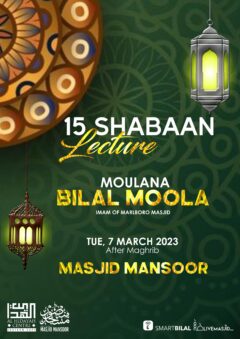Abul Qasim Khalaf al-Zahrawi (known in the west as Abulcasis) was born in 936 in Zahra, Cordoba, Muslim Spain. He was one of the most renowned surgeons of the era and physician to Caliph Al-Hakam II of Spain. He died in 1013 in Cordoba. He was descended from the Ansar Arab tribe who settled in Spain.
His achievements were too many to mention. Here are a few:
He is known for his original breakthroughs in surgery as well as for his famous medical encyclopedia called Al-Tasrif, composed of 30 volumes covering different aspects of medical science including surgery, medicine, orthopedics, ENT, ophthalmology, pharmacology and nutrition.
There are three books which describe in detail various aspects of surgical treatment including cauterization, removal of stones from the bladder, dissection of animals, midwifery, and eye, ear and throat surgery. He perfected several delicate operations, including removal of the dead foetus.
Al-Tasrif was translated into Latin, followed by several editions and was the primary source for European medical knowledge for five centuries. Al-Zahrawi invented 200 surgical instruments including instruments for internal examination of the ear and urethra. His use of catgut for internal stitching is still practised in modern surgery. The surgical needle was invented and described by him. Al-Zahrawi was also an expert in dentistry and developed the technique of preparing artificial teeth.
He is considered one of the fathers of modern surgery. The street in Cordoba where he lived is named in his honor as ‘Calle Albucasis’. On this street he lived in house no. 6, which is preserved today by the Spanish Tourist Board.











COMMENTS